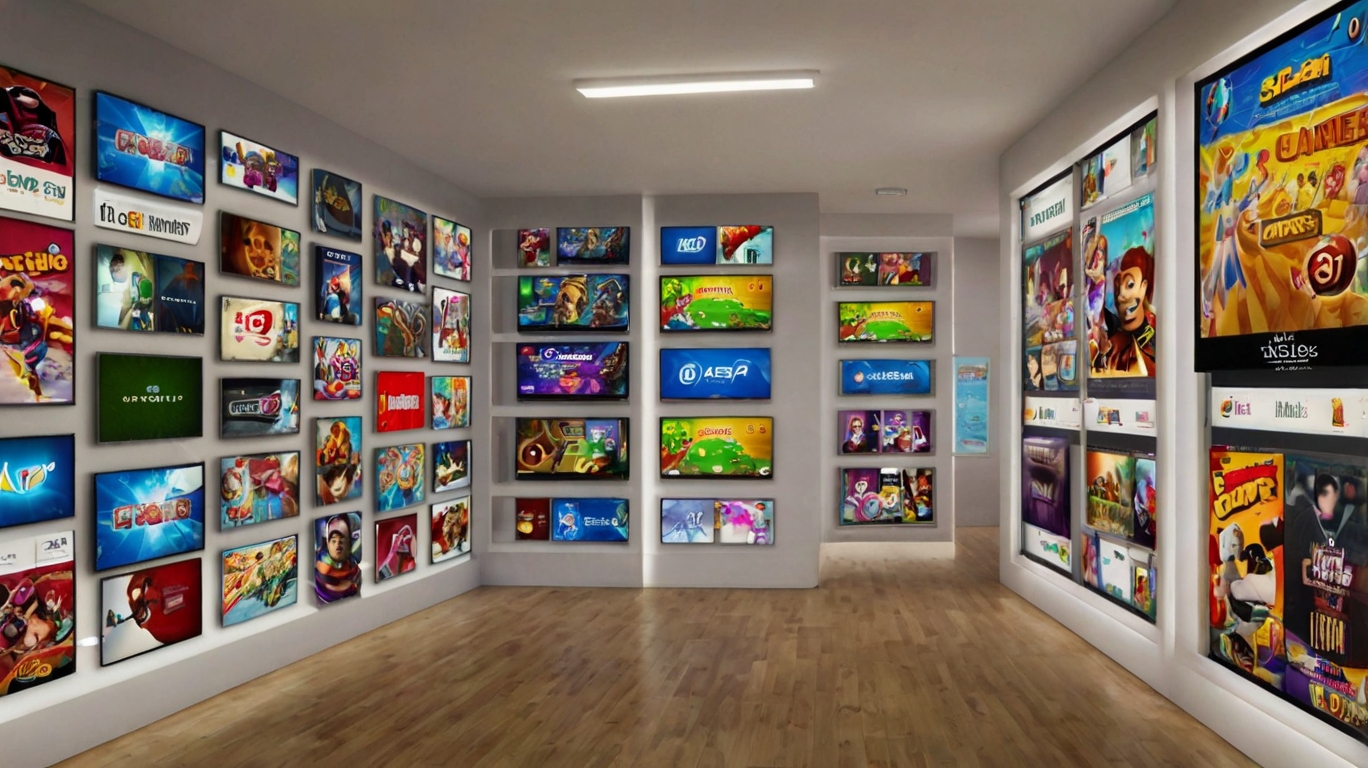
Mobile games have become a significant entertainment medium, reaching millions of players daily. Additionally, they provide a profitable platform for advertisements. This article will examine the many forms of in-game advertising, the history of mobile game advertising, and the possible prospects for this quickly expanding sector.
The History of Advertisements in Mobile Games
The first mobile game ads appeared in the early 2000s with simple banners and static ads in basic games like Snake and Tetris. As mobile technology has advanced and smartphones have become more common, in-game advertising has become more complicated and larger.
In the early 2010s, free-to-play (F2P) games became the dominant mobile gaming model. Titles like Angry Birds and Candy Crush revolutionized monetization strategies by integrating advertising into gameplay, allowing developers to offer games for free while generating revenue through advertising. Taking advantage of mobile devices’ higher processing power, interactive and video advertising proliferated by the middle of 2010.
Platforms like Google AdMob and Unity Ads made it easier for developers to include targeted advertising, creating more engaging and less intrusive ad formats. Today, ad networks use data-driven methods to serve personalized ads, creating a more engaging user experience and higher conversion rates for advertisers.
Types of In-Game Advertisements
- Banner Ads
- Static or animated ads are displayed at the top or bottom of the screen.
- Pros: Non-intrusive and easy to implement.
- Cons: Often ignored due to “banner blindness.”
- Interstitial Ads
- Full-screen ads that appear between levels or during natural pauses in gameplay.
- Pros: High visibility and engagement rates.
- Cons: Can disrupt the user experience if overused.
- Rewarded Ads
- Players watch a short video or interact with an ad to receive in-game rewards, such as coins or extra lives.
- Pros: Engages players by offering tangible benefits; less intrusive.
- Cons: May lead to ad fatigue if players repeatedly watch ads for rewards.
- Playable Ads
- Interactive ads that allow users to try a mini-version of a game before downloading it.
- Pros: Highly engaging and offers a preview of the advertised app.
- Cons: The development of playable ads can be time-consuming and costly.
- Native Ads
- Ads are designed to blend seamlessly with the game’s interface, such as in-game billboards or branded items.
- Pros: Non-disruptive and enhances realism in certain game genres.
- Cons: May require more creative effort to integrate effectively.
- In-app Purchases Combined with Ads
- Ads promoting exclusive offers or discounts on in-app purchases.
- Pros: Can boost revenue for premium in-game items.
- Cons: Requires a balanced approach to avoid alienating players.
Pros and Cons of Advertising in Mobile Games
Pros:
- Monetizing Free-to-Play Games
Advertising allows developers to generate revenue by offering games for free, expanding their user base. - Targeted advertising
Advanced algorithms deliver personalized advertising, increasing campaign relevance and effectiveness. - Enhanced engagement
Formats like rewarded and in-game advertising create value for players, increasing engagement. - Increased developer revenue
Advertising adds a revenue stream that can support development and improve the quality of the game.
Cons:
- Gameplay disruption
Untimely or excessive advertising can frustrate or annoy players. - Ad fatigue
Players who see too many ads may lose interest in the game or develop negative associations with the brand. - Privacy
Collecting data for targeted advertising can raise privacy concerns, potentially leading to user distrust. - The Law of Balancing
To retain players, developers must find a delicate balance between monetization and user experience.
The Future of Ads in Mobile Games
As mobile gaming continues to evolve, the future of in-game advertising looks promising but challenging.
- The Rise of AR and VR Advertising
Advertising is growing more interactive and immersive as augmented and virtual reality gain traction. Imagine an AR/VR game environment where players come across branded items or interactive activities. - AI-powered Personalization
Artificial intelligence refines targeting by showing hyper-personalized ads based on player behavior and preferences. - Blockchain and Ad Transparency
Blockchain technology, which also tackles privacy concerns and ensures developers and advertisers receive fair compensation, can make ad spending more transparent. - Gamified Advertising
Playable advertising will continue to evolve, blending advertising and entertainment to create memorable user experiences. - Focus on ethical advertising
With a focus on user experience and a reduction in intrusiveness, developers are realizing the importance of integrating advertising properly.
Conclusion
Mobile game advertising has come a long way from simple banners to immersive interactive experiences. While advertising offers huge potential for monetization and user engagement, it requires careful balance to avoid intruding on the gameplay. The line between content and advertising will become increasingly hazy as technology advances, creating chances for innovative advertising strategies that benefit both developers and players. Understanding the ever-changing game advertising landscape is essential for creators hoping to monetize their games in this cutthroat market.




